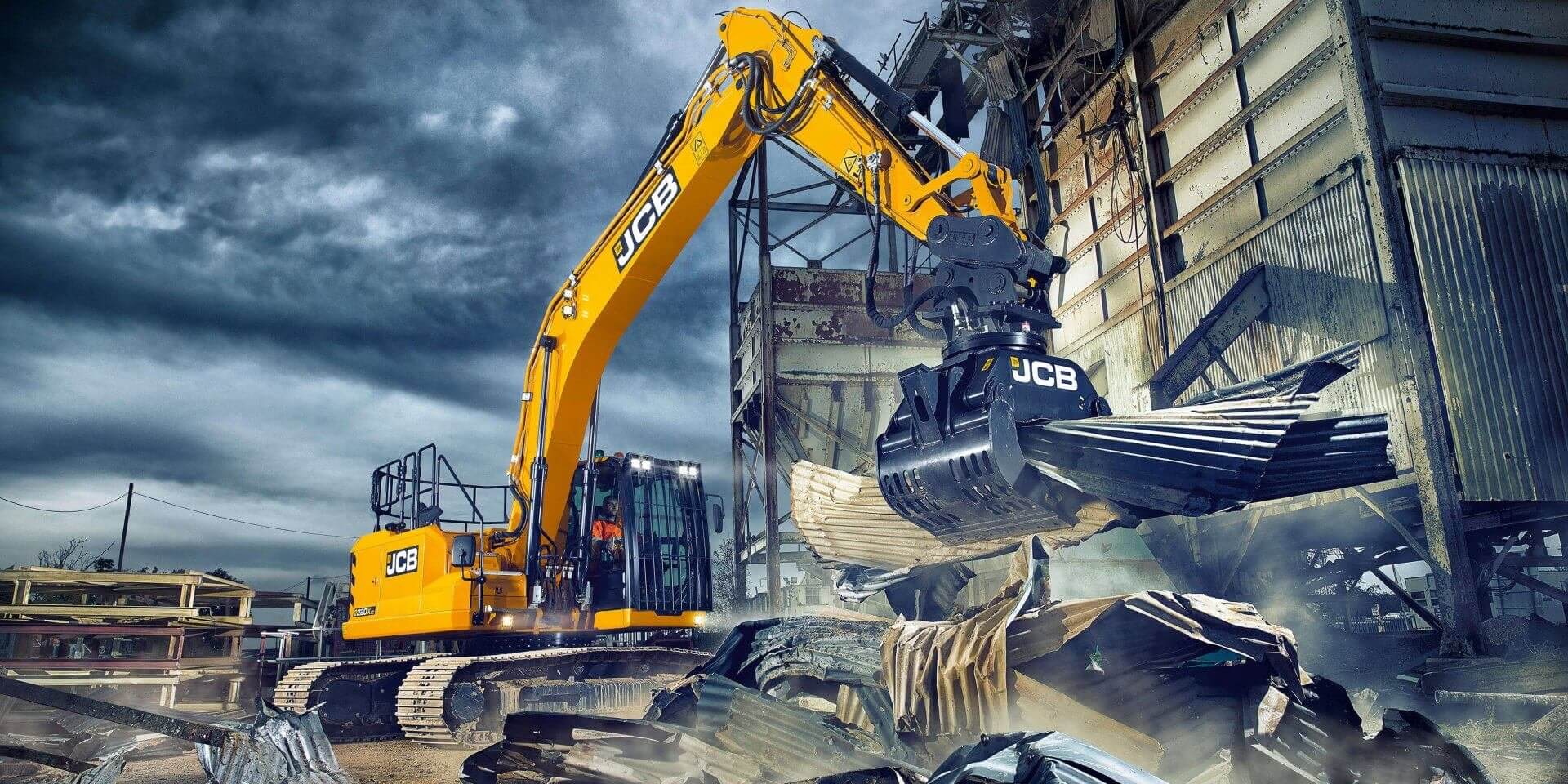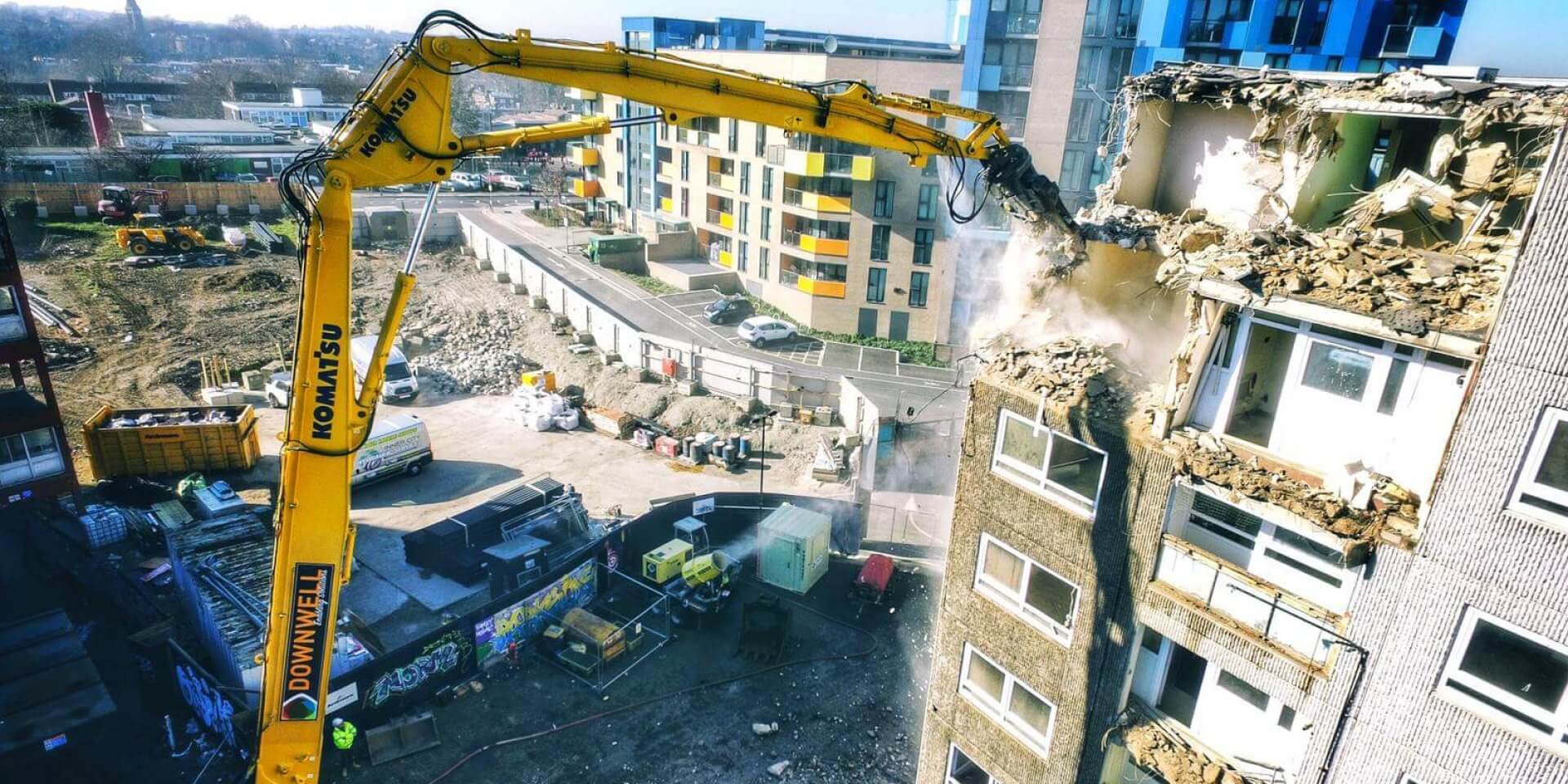Locals gather to see high rise implosion.
Hundreds of people watched as the Roosevelt House, a public housing high-rise, came tumbling down on Sunday morning as part of a planned implosion.
The demolition was part of an ongoing effort by the Atlanta Housing Authority to replace run-down, outdated projects with new communities for low-income families.
“When it’s down, it’s wonderful,” said Barry Roberts of Atlanta Demolition. “You never get used to the countdown. But it went down right where we wanted it to fall.”
Atlanta Demolition crews have been prepping the site for the past five months.
This is one of the last two Atlanta public housing high-rises slated for demolition. The final one is the Palmer House. Because it sits so close to other buildings, it will not be imploded. Demolition work inside has already started.






 Late last night, we brought you the news that Bristol-based Wring Group had achieved an unenviable double, uncovering the second unexploded World War II bomb in just three months. Today, as work continues on the site, local newspapers are providing more information.
Late last night, we brought you the news that Bristol-based Wring Group had achieved an unenviable double, uncovering the second unexploded World War II bomb in just three months. Today, as work continues on the site, local newspapers are providing more information. The team at
The team at  A little under a week ago,
A little under a week ago, 